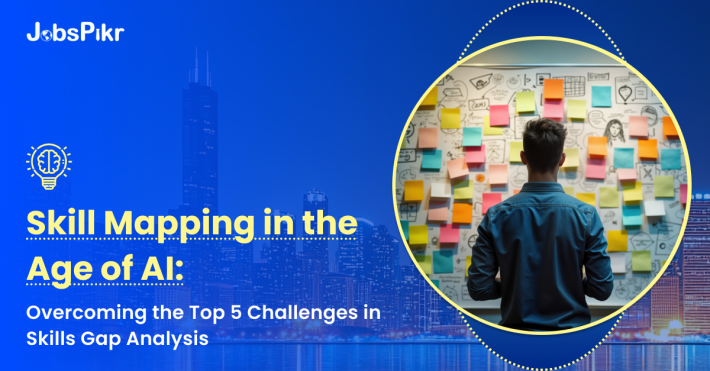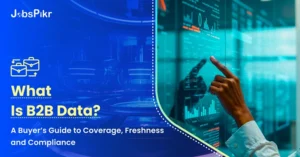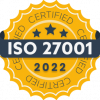- Core Concepts for Skill Mapping - Gaps and Strategy
- Artificial Intelligence - The Secret to Skill Mapping
- The Top 5 AI-Era Skill Gap Hurdles Companies Generally Face
- Why Skills Mapping Software Isn't Just Nice-to-Have
- Skills Intelligence: Your AI-Ready Competitive Advantage
- Frequently Asked Questions on Skill Mapping
Skill mapping has become essential for businesses to stay current with the changing dynamics of the workforce and emerging technologies. It’s a systematic process of identifying and documenting existing employee capabilities against current and future demands. Yet, performing genuine skill gap analysis in the AI era can feel cumbersome.
Let’s look at how smart skills mapping software, woven into strategic workforce planning, can transform those daunting skill gaps into powerful catalysts for reinvention.
Core Concepts for Skill Mapping – Gaps and Strategy
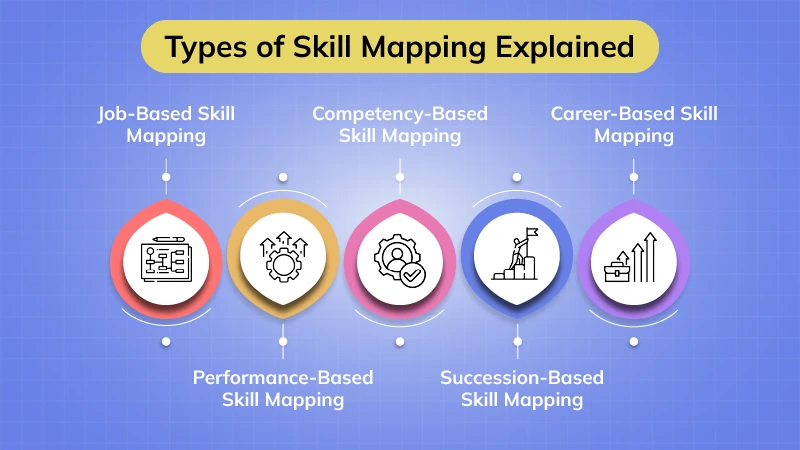
Image Source: Disprz
Think of skill mapping as building a dynamic inventory. It’s about meticulously cataloging the real-world knowledge, practical abilities, essential behaviors, and technical know-how possessed by individuals and teams across your organization. The result? A living “skills landscape.”
Skill gap analysis is the crucial reality check. It involves holding that mapped landscape up against the skills essential for hitting business targets, nailing projects today, and – critically – conquering strategic objectives down the line. The delta between “what we have” and “what we need”? That’s your skill gap.

Workforce planning is where strategy meets action. It leverages the insights from mapping skills and spotting those gaps to proactively sculpt your workforce. How? With hiring better, focus programs on upskilling and reskilling employees, ensuring the right allocation of internal resources, and also planning for successions in roles.
The goal here is to ensure that companies have the right talent and the right skills, rather than scrambling to hire people when there are shifts in tech or the workforce.
Artificial Intelligence – The Secret to Skill Mapping
AI isn’t just a tool; it’s a dual force reshaping the landscape:
- Skills Expire Faster: Technical and process-driven skills now have shorter shelf lives than ever. AI handles the routine, demanding a premium on higher-order cognitive abilities and nuanced social skills.
- Brand New Skill Sets Emerge: Working with AI isn’t passive. It demands fresh competencies: developing it, deploying it effectively, managing it responsibly (think prompt engineering, grappling with AI ethics, mastering MLOps), and collaborating seamlessly with it.
- Jobs Morph Continuously: Forget rigid job descriptions. Roles are evolving into fluid clusters of tasks – some supercharged by AI, others demanding irreplaceably human traits like creativity and empathy.
- Data Overload: It can be the make or break of identifying the right skills, especially when it has to be combined from HR systems, project trackers, learning platforms, and performance reviews. This task can be paralysing without any robust tools to make sense of it.
- Agility for Survival: The companies that can quickly identify and plug any AI-related skill gaps can dominate the hiring market by being at the helm of any developments in the industry. This agility is now the bedrock of strategic advantage
The Top 5 AI-Era Skill Gap Hurdles Companies Generally Face
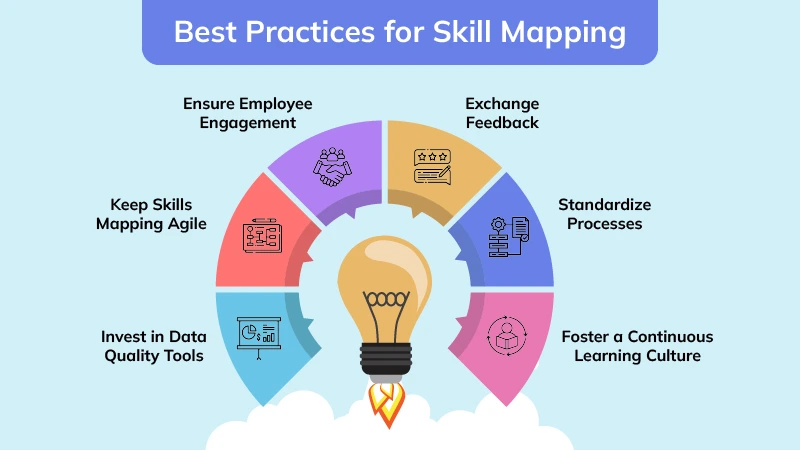
Navigating this complexity means facing down some formidable obstacles:
- Predicting the Unpredictable: Defining Skills for Jobs That Don’t Exist
- The Reality: How do you map skills needed for roles that are literally being invented next quarter? Relying solely on yesterday’s competency models is a recipe for irrelevance. Predicting the exact cocktail of human and machine skills needed is inherently messy.
- AI’s Wrench in the Works: AI progress is breakneck and chaotic. New tools drop constantly, upending workflows and skill requirements overnight. Your planning horizon just shrank to months, not years.
- Getting a Grip:
- Think in Scenarios: Ditch the single forecast. Craft multiple plausible futures (e.g., “full AI throttle,” “human-AI partnership focus,” “new regulations reshape everything”). Identify the core skill clusters vital for each (adaptability, critical thinking, data savvy, AI collaboration).
- Bet on Meta-Skills: Double down on durable, adaptable skills – complex problem-solving, genuine creativity, emotional intelligence, rapid learning ability, digital fluency. These are the bedrock future skills are built upon.
- Use AI to See Around Corners: Deploy AI tools to scan job boards, dissect research, track patents, and monitor competitor moves – spotting nascent skill demands before they hit mainstream.
- Talk to the Future: Engage constantly with academics, industry futurists, and consortia obsessed with tomorrow’s skills.
- The Data Burden: Identifying and Collating Skill Data
- The Current Market: Skill data when gathered across silos like HRIS, LMS, review systems, can be extremely inconsistent and also very subjective. The metrics may not be the same for review, and manual gathering can be a soul-crushing time sink prone to errors.
- AI Makes it Trickier: The types of skills that matter have exploded (deep tech + soft skills + AI-specific). Change happens so fast that data spoils quicker. Ironically, AI generates valuable new data signals (project success metrics, collaboration patterns) ripe for mapping skills, but they’re rarely tapped.
- Clearing the Maze:
- Embrace Skills Mapping Software: This isn’t optional anymore. Modern skills platforms like JobsPikr act as central hubs, enforce consistent skill languages (taxonomies), and crucially, automatically suck in data from everywhere – email, calendars, Jira, GitHub, learning systems.
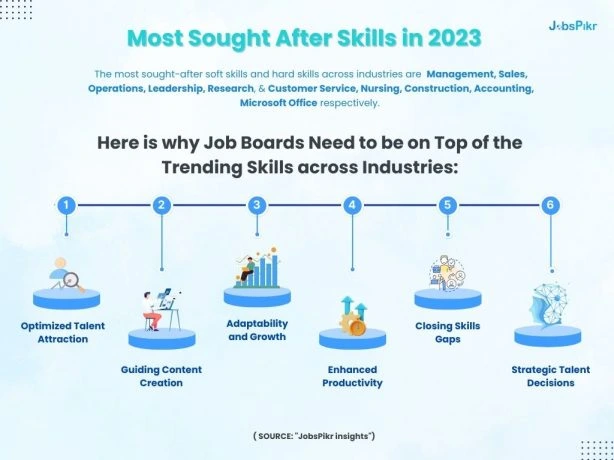
- Let AI Infer Skills: Use AI to analyze actual work outputs – reports, code commits, presentation quality, communication styles – to infer skills and levels, adding objectivity to self-reports.
- Keep it Real with Validation: Build in peer shout-outs, manager sign-offs, project-based proof points, and micro-badges. Make skill profiles living documents backed by evidence.
- Build Your Skill Dictionary: Define a clear, adaptable, company-wide language for skills. Borrow from standards like ESCO or O*NET, but make it your own.
- Beyond the Checkbox: Gauging How Well and How Fast People Can Learn
- The Reality: Knowing someone “has” Python on their profile is meaningless without knowing how proficient they are (can they debug complex issues?) or their potential to pick up adjacent AI skills quickly. This is vital for fluid roles.
- AI Cranks up the Complexity: AI skills (like fine-tuning prompts or understanding model biases) aren’t binary; they exist on spectrums. Assessing someone’s capacity to learn fast-evolving skills is paramount. Old-school annual reviews miss this nuance entirely.
- Measuring What Matters:
- Layer the Assessments: Ditch the yes/no checklist. Blend:
- Self-ratings (with a “confidence” slider).
- Peer/manager feedback focused on observed skill application in real work.
- Proof through project results, simulations, or skill challenges.
- Tracking learning speed – how quickly do they master new things?
- Layer the Assessments: Ditch the yes/no checklist. Blend:
- AI as Proficiency Detective: Leverage skills mapping software with AI smarts to analyze work samples, offering a more objective gauge of true skill level.
- Map Skill Adjacency & Learning Velocity: Look sideways, not just up. Identify folks with foundational skills near emerging needs. Crucially, assess their proven learning agility – not just can they learn, but how fast and effectively?
- Model Potential: Use historical data: How rapidly have they acquired skills before? How versatile have they been across projects? Use this to predict future learning potential.
- Analysis Paralysis: Turning Gap Insights into Real Action
- The Current Situation: The majority of companies can easily find gaps, but then have issues with bridging those gaps. Identifying skill gaps is the first step, but translating them into concrete, actionable steps with hiring sprees, targeting training, restructuring if needed, can go on the back burner due to budgets, convincing, and misalignment.
- AI Adds the Pressure: The scale and urgency of fixing AI-related gaps immediately across the organization can feel paralyzing. The cost of delay is massive (competitive oblivion), but the price tag for transformation is hefty too.
- Making the Change:
- Ruthless Prioritization Has to Be Important: Start small with impact grids to understand how critical the gap is vs the feasibility to fix it – how expensive or hard is it to do so? Then control on closing any key strategic goals like launching AI products or opting for a software that fixes multiple bottlenecks.
- Weave Gap Analysis into Workforce Strategy: Make it the core fuel for planning. Model scenarios relentlessly: Build (train existing staff), Buy (hire externally), Borrow (contractors, partnerships), Automate (let AI handle it). Skills mapping software provides the data muscle for this modeling.
- Hyper-Personalize the Path Forward: Scrap generic “sheep-dip” training. Use deep mapping skills insights to craft unique learning journeys – AI-curated micro-courses, stretch projects, mentor matches – tailored to individual gaps, learning styles, and aspirations.
- Own the Gap: Assign clear ownership for closing specific, high-priority gaps to business unit leaders. Back them with L&D and HR. Measure success with actual tangible results that ensure C-suite buy-in and continuous budget approvals.
- The People Puzzle: Beating Fear and Building a Skills-Hungry Culture
- The Reality: Let’s be honest: Employees and managers often see skill mapping as a threat – a prelude to layoffs, Big Brother surveillance, or unfair evaluations. Secrecy and a sense that “this is just HR fluff” breed resistance. Cultivating a genuine culture obsessed with learning is hard graft.
- AI Fuels the Fear Factor: Anxiety about AI taking jobs is palpable. If skill mapping feels like it only serves the company’s bottom line at the employee’s expense, engagement tanks. People need to understand very clearly the benefits to them before they agree to anything new.
- Winning Votes Across the Org:
- Radical Transparency & Constant Chatter: Make sure to keep the ‘why’ at the center of every conversation. Why are we doing this? Why is it beneficial to adopt such systems? Why do we need to improve and adopt AI? It helps build the growth mindset slowly and surely.
- Put Employees in the Driver’s Seat: Ensure that employee skill mapping happens frequently, at least once a year, to give employees a perspective on their growth. Give individuals full access to their profiles, their gap insights, and their personalized development roadmap. Empower them to steer their own growth.
- Sell the Opportunities: Shine enough light on how closing such skill gaps can open doors in the future with exciting new projects, possible promotions, lateral moves, and new developments. Show the path.
- Leaders Must Lead by Example: It’s not enough to only expect employees to be interested in new changes; management must lead the way by sharing their own learning journeys and shortcomings. This helps champion development openly.
- Reward the Learning Journey: Ensure skill acquisition and demonstrable application are written into performance reviews, promotions, and recognition programs. Throw a party for learning milestones!
Why Skills Mapping Software Isn’t Just Nice-to-Have
Let’s be blunt: Tackling these challenges with spreadsheets and goodwill in the AI age is a fool’s errand at scale. Modern skills mapping software is the indispensable engine. Look for platforms that deliver:

- One Truth, One Place: A unified, searchable skills database for the whole org.
- Flexible Frameworks: Tools to easily define, tweak, and evolve your skill language.
- Smart Data Pull & AI Insights: Automatic harvesting from disparate systems plus AI analyzing work artifacts to suggest skills/proficiency.
- Intelligent Gap Spotting: Powerful comparison tools matching current skills to future needs, roles, or projects, flagging critical shortages.
- Scenario Planning Power: Modeling “build, buy, borrow, automate” workforce futures based on actual skill data.
- Tracking Progress: Monitoring skill development and enabling validation (endorsements, badges, assessments).
Skills Intelligence: Your AI-Ready Competitive Advantage
Mastering skill gap analysis for the AI age demands a cultural and operational shift:
- Ditch the Project Mentality: This isn’t a one-off. Make mapping continuous. Good software enables near real-time updates.
- Bake it into the Workflow: Integrate skill conversations naturally – when staffing projects, during regular performance chats, in career development discussions.
- Share the Insights Liberally: Put actionable skill data in the hands of managers and employees. Empower them to make smarter talent decisions daily.
- Champion the Growth Mindset: Foster an environment where constant learning isn’t encouraged – it’s expected, celebrated, and resourced at every level.
- Tie it to the North Star: Ensure skill mapping directly feeds and is fueled by the organization’s core strategic objectives, especially its AI and innovation ambitions.
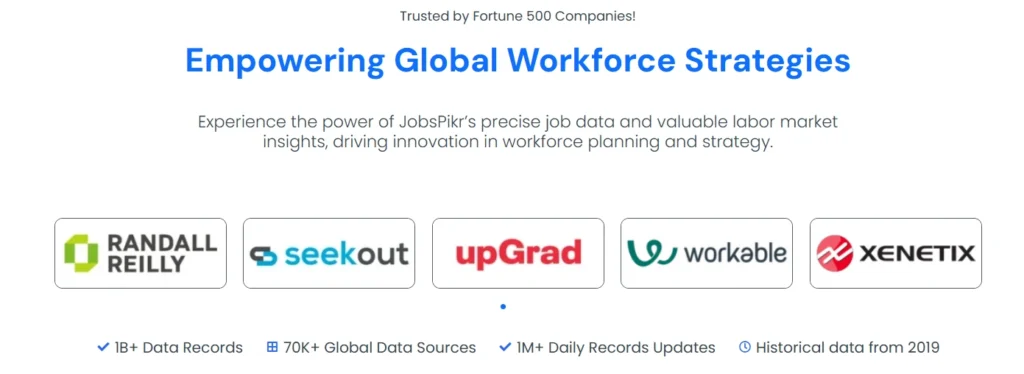
Try JobsPikr’s skills data to stay on top of emerging skills, gaps, and plan your workforce.
Frequently Asked Questions on Skill Mapping
What is skills mapping?
It’s really just about figuring out what people are good at. You take a look at the skills someone already has, then compare that to what a job or project actually needs. That way, you can spot if something’s missing — maybe someone needs training, or maybe you need to bring someone else in.
Companies do this kind of thing a lot to make sure their teams are ready for whatever’s coming next. It’s connecting the dots between talent and business needs.
What is a skillmap?
A skillmap is a visual or structured representation of skills within a team, department, or individual. It often includes:
- A list of key skills
- Skill proficiency levels (e.g., beginner, intermediate, expert)
- Assigned team members or roles
- Gaps between current capabilities and job requirements
Skillmaps help with talent planning and workforce analytics, and can be built using spreadsheets, HR software, or specialized tools. It’s a way to turn skill data into strategic insight.
What is a personal skills map?
A personal skills map is an individual’s self-assessment or profile that outlines their current skill set. It usually includes:
- Technical and soft skills
- Proficiency ratings
- Areas of interest or future development
- Certifications or training history
Basically, you jot down what you’re good at, maybe rate yourself a bit, and note stuff you want to improve. Could include things like certifications or past experience, too.
